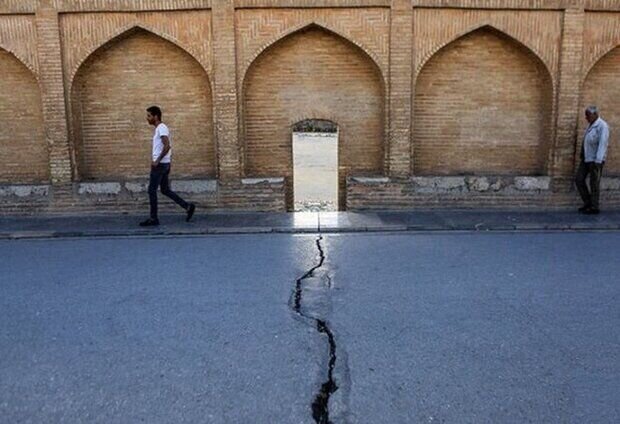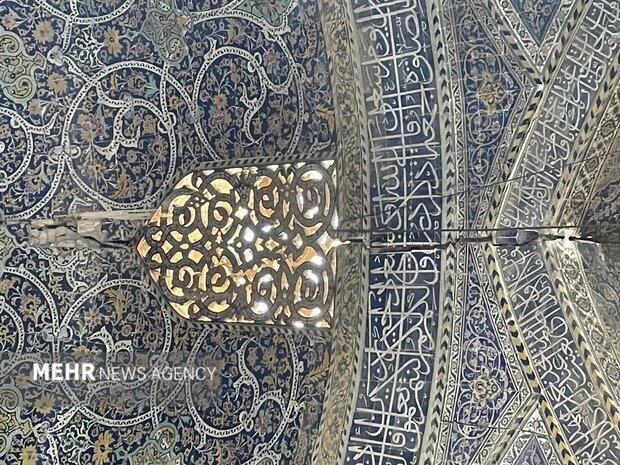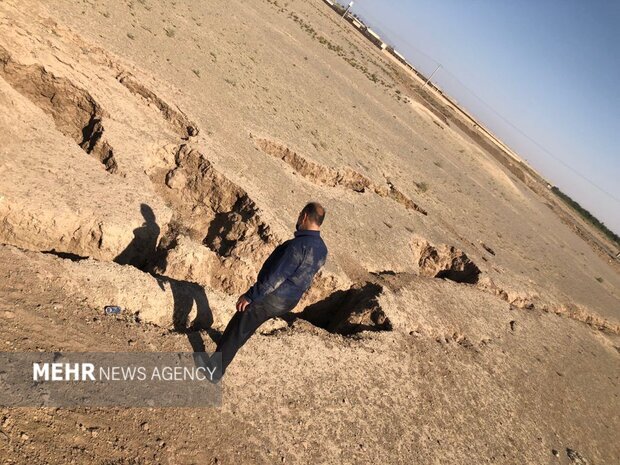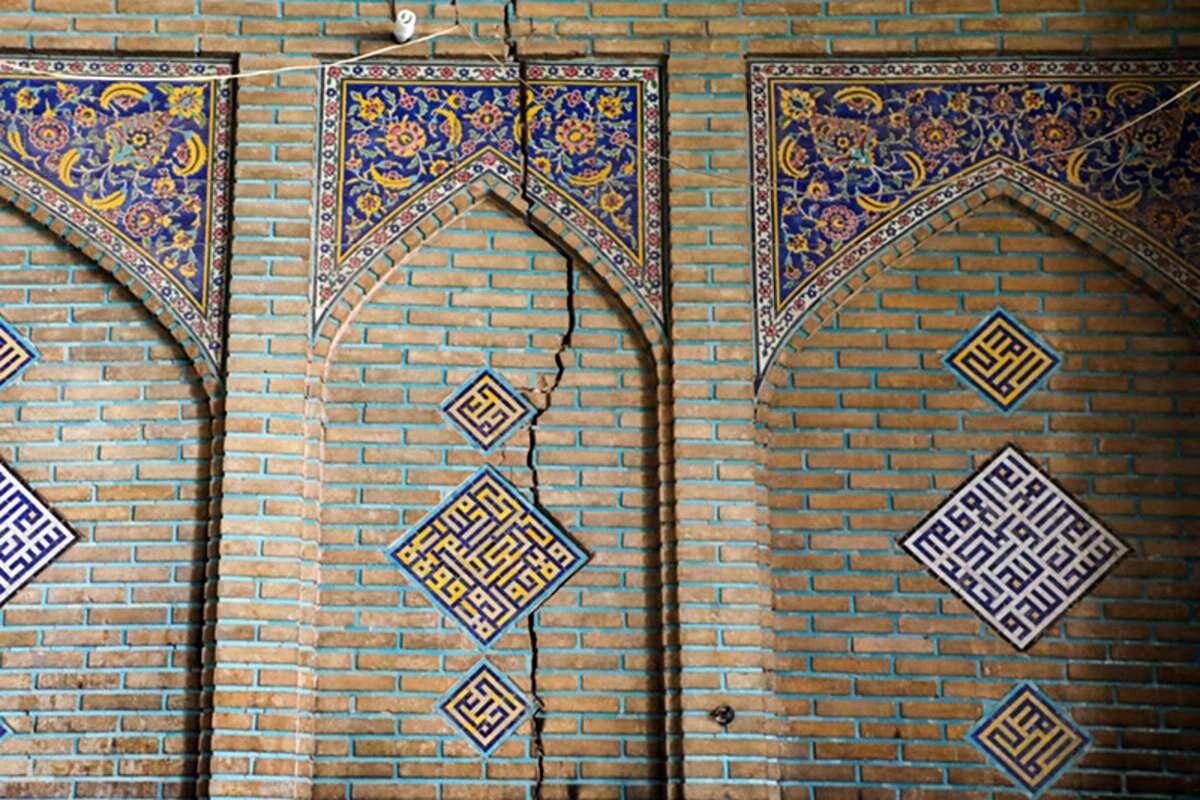Zayandehrud mismanagement threatens Isfahan’s heritage, researcher warns

TEHRAN - Iran Ghazi, a retired university professor and geography researcher, has expressed grave concerns over the mismanagement and misuse of water resources from the Zayandehrud river, warning that such practices endanger both human life and the rich cultural heritage of Isfahan.
In a recent interview with ISNA, Ghazi emphasized the deep cultural significance of the Zayandehrud river to Isfahan, stating,
“Without knowledge, understanding, and a sense of responsibility, the foundation of Isfahan’s cultural identity, which is historically tied to the Zayandehrud, will weaken.”
Ghazi said that the water scarcity in Zayandehrud is not due to a lack of rainfall or snowfall, which she continuously monitors, but rather due to the poor management of water resources. “There is no shortage of water. The issue is misuse,” Ghazi asserted.
The retired professor lamented the impact of the dry river on the spirit of Isfahan’s residents, saying, “The first effect of the Zayandehrud’s dryness is seen in the overall people’s mood in Isfahan.”

Iran Ghazi, the retired university professor and geography researcher
She pointed to a dramatic change in people’s spirits whenever water returns to the river and urban canals, providing a temporary escape from their confined urban living spaces.
Recounting his observations from nearly a decade ago, Ghazi described walking from Pol-e-Kaleh (one of Zayandeh Rud basins) to the dam site and witnessing over 600 large pumps drawing water to higher elevations for irrigation purposes.

“When I asked where the water was going, I was told it was being used to irrigate newly established gardens on elevated land. I questioned what would happen to the environment, the people, a downstream wetland…. But there were no answers.”
Reflecting on historical water levels, Ghazi noted that groundwater in one of the dry regions used to be accessible at 20 meters, sustaining lush farms. Now, water is extracted from depths of 300 meters!

The cracks in the foundations of the Jameh Mosque of Isfahan are an outcome of this issue,” she said. “When asked about the cause, I stated that, based on available data, nature is not to blame—people are.”
Her call to action underscores the urgency of adopting sustainable water management practices to preserve Isfahan’s heritage and ensure the well-being of its people.

Half the world?
Soaked in a rich history, Isfahan was once a crossroad of international trade and diplomacy in Iran and now it is one of Iran’s top tourist destinations for good reasons.
The city is filled with many architectural wonders, such as unmatched Islamic buildings, bazaars, museums, Persian gardens, and tree-lined boulevards. It’s a city for walking, getting lost in its mazing bazaars, dozing in beautiful gardens, and meeting people.
Isfahan is renowned not only for the abundance of great historical bridges but also for its ‘life-giving river’, the Zayandeh-Rood, which has long bestowed the city an original beauty and fertility.
Interestingly, the city is nicknamed Nesf-e-Jahan, which is translated into “half the world”, meaning seeing it is relevant to see half the world. In its heyday, it was also one of the largest cities in the region, with a population of nearly one million.
AM
